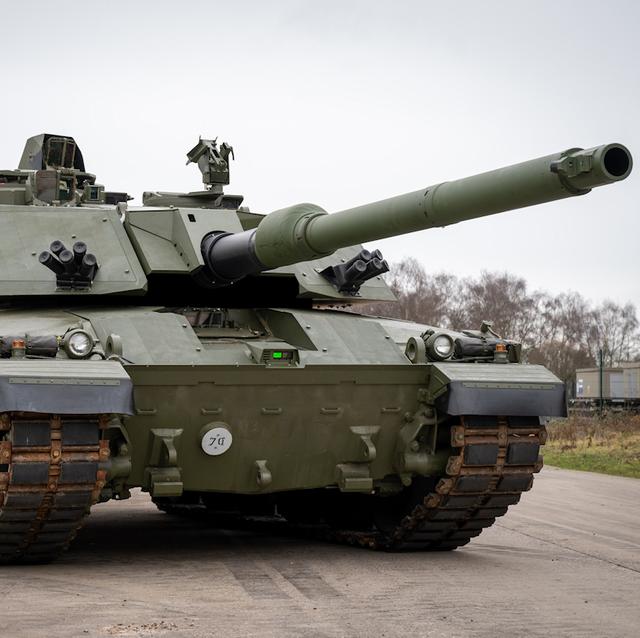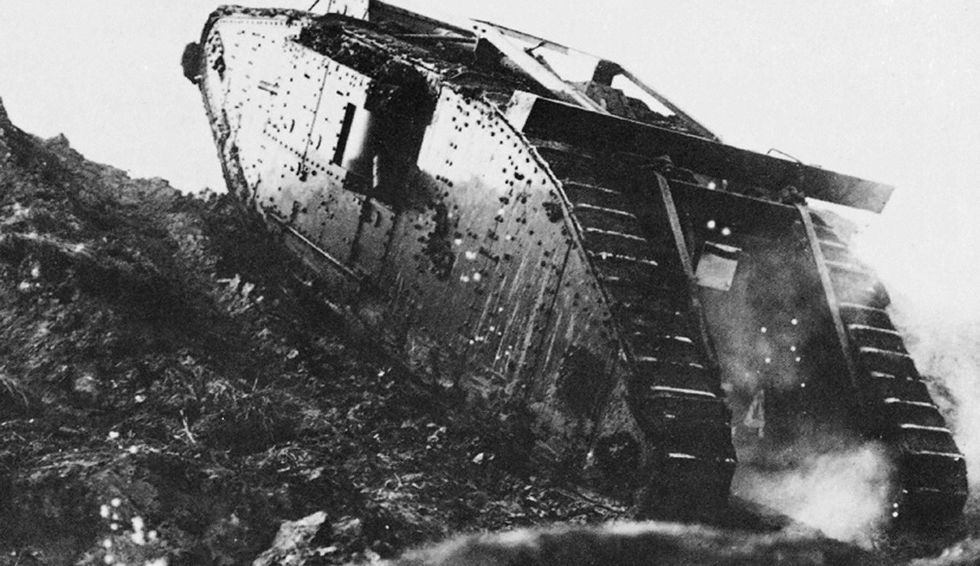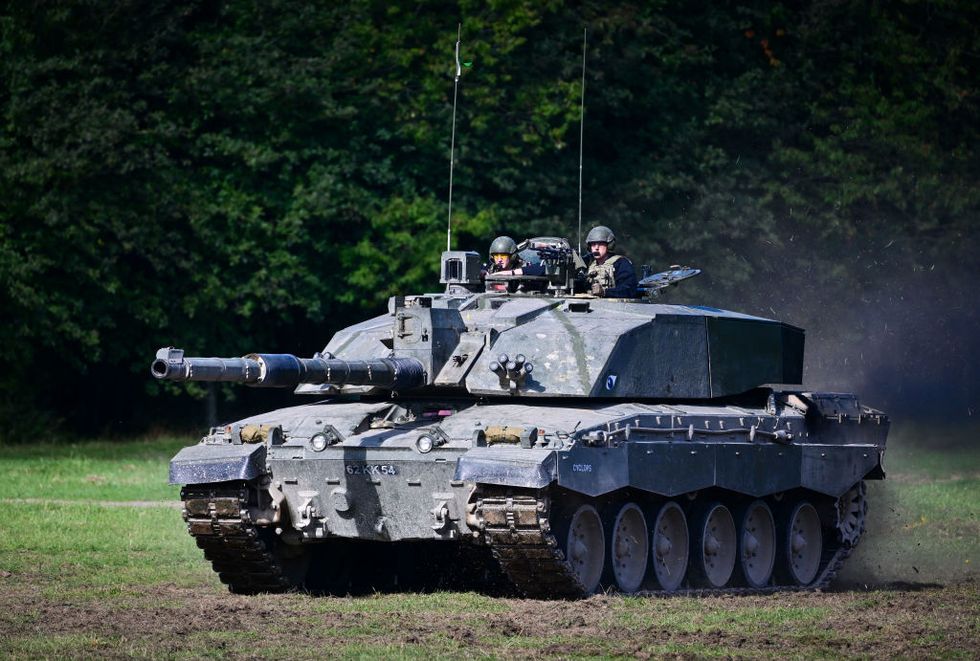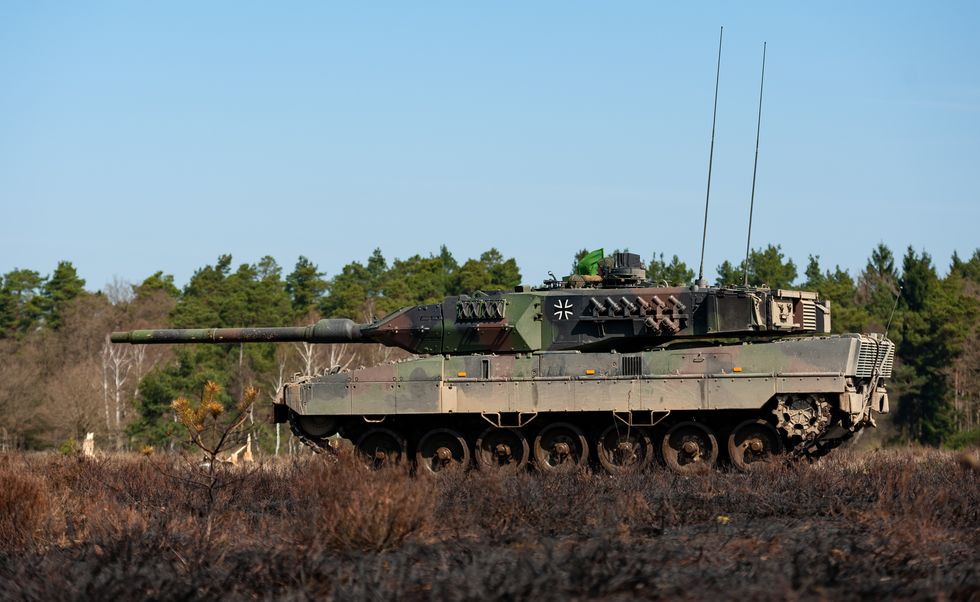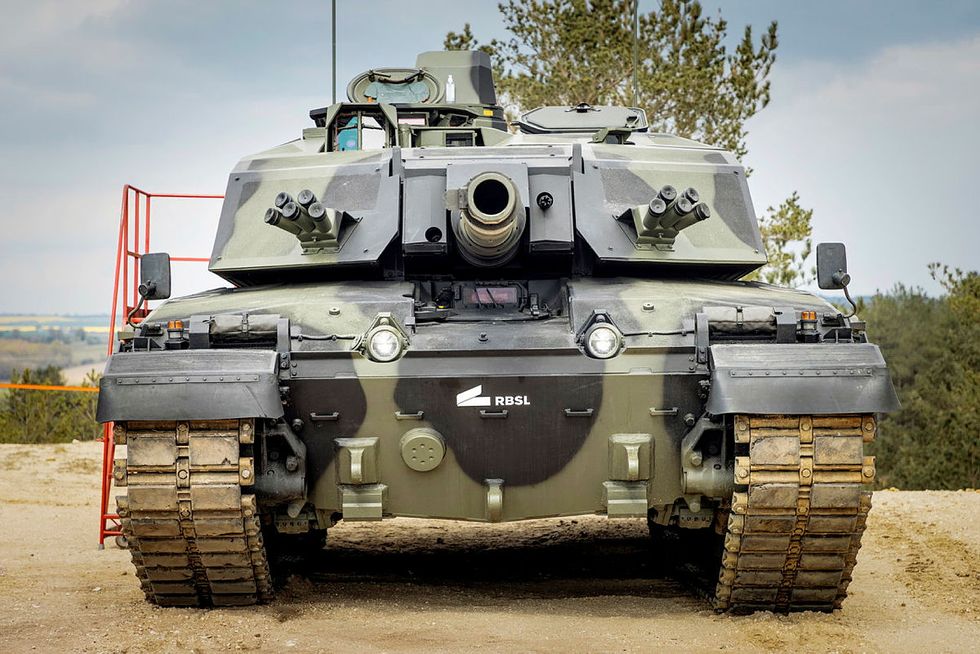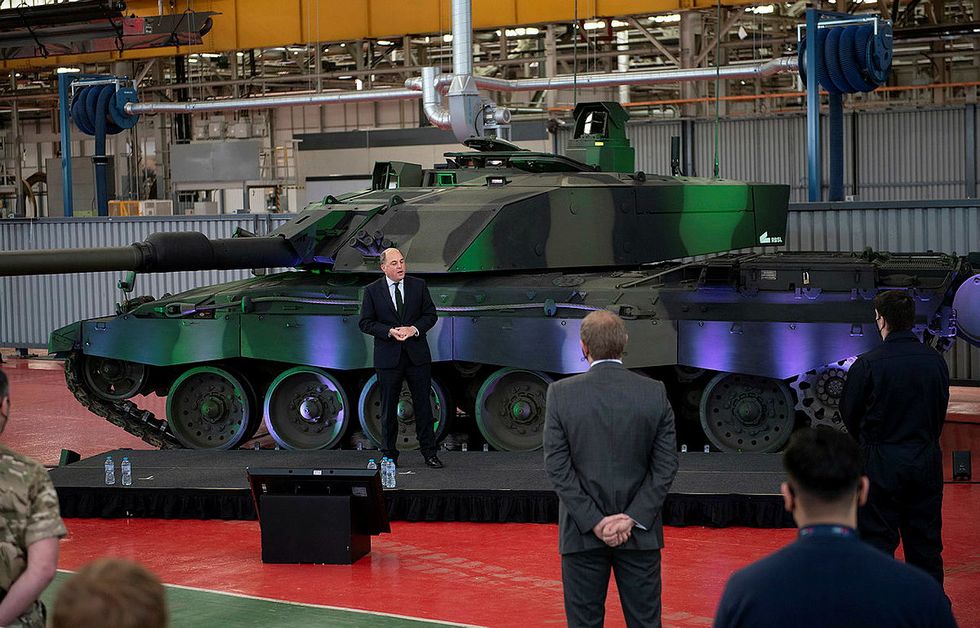- The British Army has pulled back the curtain on Challenger 3, its next main battle tank.
- It’s a remanufactured Challenger 2, brought up to modern standards.
- The U.K. will buy only 148 main battle tanks as its land forces continue to shrink to their lowest level in recent history.
The British Army has received its first pre-production Challenger 3 tank. Essentially a rebuilt Challenger 2, the new main battle tank brings it fully into the 21st century with a new gun, armor, and power pack. Unfortunately, the British Army will only upgrade just over one-third of the original tank fleet to the new standard, leaving the service with one of the smallest tank inventories in the world.
Here’s everything we know so far about the Challenger 3 tank.
Home of the Tank
Great Britain invented the tank in the 1910s as a means of breaking the deadlock on the Western Front in World War I. The U.K. has remained a major tank power ever since, designing and building its own tanks, all of which start with the letter C: Crusader, Comet, Cromwell, Centurion, Chieftain, Challenger, Challenger 2, and now Challenger 3.
Introduced in 1994, Challenger 2 was a rapid replacement for the mediocre, 1980s-era Challenger 1. The tanks were delivered between 1994 and 2002, and included a rifled 120mm main gun, British-designed Chobham armor, and a power pack built around a Perkins Condor V12 diesel engine delivering 1,200 horsepower.
For a time, Challenger 2 was one of the best tanks in the NATO alliance. It was well protected, featuring the excellent L30 main gun and thermal sights that gave it a commanding view of the battlefield both at night and even while obscured by smoke. The only real drawback was that the tank suffered from a lack of upgrades during its time in service, meaning its early 1990s technology has essentially remained unchanged.
Firepower
Challenger 3 will replace its U.K.-designed 120mm L30A1 main gun with a German-designed 120mm L55A1 gun. Unlike other NATO armies that standardized on one version or another of the smoothbore German gun, the Brits stuck with rifled barrel guns. Rifled and smoothbore tank ammunition are incompatible with one another; this not only locked out British tanks from borrowing tank ammunition from their allies, but it also left “Chally 2” unable to take advantage of ammunition developments elsewhere in NATO.
The new L55A1 gun is very similar to the American M256 tank gun, but features a longer barrel. This will generate higher muzzle velocities, giving Challenger 3 the ability to penetrate heavier armor at greater distances. The only drawback is that it increases the overall length of the tank, and can be a bit of a hassle when traveling through forests, where it can catch on trees.
Protection
The turret is home to the main protection changes in Challenger 3. The turret is about the same size and shape as Challenger 2, though there are some key changes. The frontal turret armor is now of uniform slope, and there are bolts across the turret, hull, and flanks. This is likely used to secure the new “U.K.-sovereign modular armor,” and the modular nature of the protection suggests it could be easily repaired in wartime or upgraded to exceed upcoming anti-armor threats. The London-based think tank International Institute of Strategic Studies states it’s likely the tank will feature “blowout panels” designed to vent catastrophic ammunition detonations outward, instead of containing explosions inside the tank to the crew’s detriment.
A major new addition to the tank is the Trophy Medium Variant Active Protection System. Developed by Israel’s Rafael Advanced Defense systems, Trophy consists of a ring of outward-facing sensors positioned to detect incoming rockets and anti-tank missiles. As the anti-armor weapon nears the tank, Trophy fires explosively formed penetrators designed to destroy the weapons in mid-flight. Trophy is also fitted to European Leopard 2 tanks and a handful of American M1A2 Abrams tanks.
Mobility and Sensors
Challenger 3 will benefit from an improved, third-generation hydrogas suspension system, which uses pressurized gas (nitrogen) and fluid to cushion the vehicle and crew from a bumpy ride. The engine is upgraded, but will apparently remain at the same 1,200-horsepower level. The addition of improved armor and the Trophy system, which weighs about 2.5 tons, without an increase in engine power could make the tank slower and more sluggish on the battlefield.
The Challenger platform hasn’t had a sensor upgrade in 30 years, so the addition of third-generation thermal sights will itself be a major improvement. The tank commander and gunner will have stabilized thermal sights, while the commander will have a Thales Orion thermal panoramic sight for situational awareness and picking out targets. The driver will have front and rear thermal sights.
The Takeaway
Challenger 3 is a long-awaited upgrade for the British Army, but the service will only buy 148 of them. That’s less than one-tenth the number of tanks the Russian army has lost in Ukraine. While their numbers may be small, British tankers will have the confidence of knowing their tanks and training are much better than their Russian counterparts—and that will make all the difference on the battlefield.

Kyle Mizokami is a writer on defense and security issues and has been at Popular Mechanics since 2015. If it involves explosions or projectiles, he's generally in favor of it. Kyle’s articles have appeared at The Daily Beast, U.S. Naval Institute News, The Diplomat, Foreign Policy, Combat Aircraft Monthly, VICE News, and others. He lives in San Francisco.
